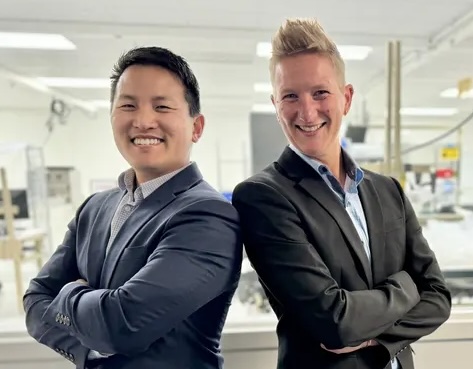
I’m worried about what’s happening in women’s health right now. At Femtech Insider, we’re seeing a flood of pitches following an almost identical playbook recently: Take one influencer with a massive following, add a personal health journey, sprinkle in some testimonials, and voilà – you have a women’s health company. Usually selling supplements. Usually with minimal scientific backing.
When I posted about this trend on LinkedIn last week, the response was overwhelming. But among the chorus of agreement, one comment made me think deeper. “What’s the alternative?” someone asked. “If there isn’t enough research into women’s health, and not enough proven solutions, what are women supposed to do?”
It’s a fair question. And honestly? I don’t have a perfect answer.
The reality is messy. Women’s health has suffered from decades of research neglect. Many conditions affecting women are understudied, making it harder to develop evidence-based solutions. The traditional medical system often fails women, pushing them to seek alternatives.
We see this even in conventional medicine. Off-label prescribing is common in women’s health, where doctors use medications for purposes not officially approved but supported by clinical experience and limited research. It’s a necessary stopgap in a system where women’s health research has lagged behind.
So yes, I understand the argument these companies make: Build distribution first, improve the science later. Get solutions into women’s hands quickly, then worry about validation. In a field where women have been historically underserved, this might seem like a reasonable trade-off.
But here’s where I struggle: We can’t treat women’s health products like we’re launching a new social media app. You can’t just push an update to fix side effects. You can’t A/B test your way through safety concerns. And you certainly can’t rely on Instagram comments as a substitute for clinical validation.
The investors backing these companies argue they’re democratizing access to women’s health solutions. But what exactly are they democratizing? And at what cost?
As someone pointed out under my post we need to differentiate between “science hasn’t studied this yet” and “science has disproven this.” Between “unlikely to harm but no evidence it helps” and “we have evidence this may harm.” Between stopgap solutions while we build evidence and permanently settling for unproven alternatives.
This matters because every influencer-backed, scientifically-dubious product that succeeds financially, yet doesn’t move the needle on patient outcomes, makes it harder for companies doing the real work. The ones investing in proper research. The ones following regulatory protocols. The ones building solutions that could actually make a difference.
I’ve had founders tell me they can’t get funding because investors think their development timeline is too long. “Why spend years on clinical validation,” they’re asked, “when Company X just launched with an influencer and is already making millions?”
So what’s the answer? Maybe it’s not about choosing between quick access and scientific rigor. Maybe it’s about finding ways to do both:
- Supporting research alongside product development
- Creating better frameworks for evaluating early-stage solutions
- Developing funding models that account for longer validation timelines
- Being transparent about what we know and don’t know
- Building distribution and evidence in parallel
The companies that will truly transform women’s health won’t be the ones that bypass science altogether. But they might not be the ones that wait for perfect evidence either. They’ll be the ones that find responsible ways to bridge the gap.
Because yes, women need solutions now. But they also deserve to know that these solutions work. They deserve healthcare built on more than just compelling marketing, big promises, and good intentions.
The path forward isn’t clear cut. But I believe we can find ways to accelerate innovation in women’s health without sacrificing scientific integrity. We have to. The stakes are too high not to try.



